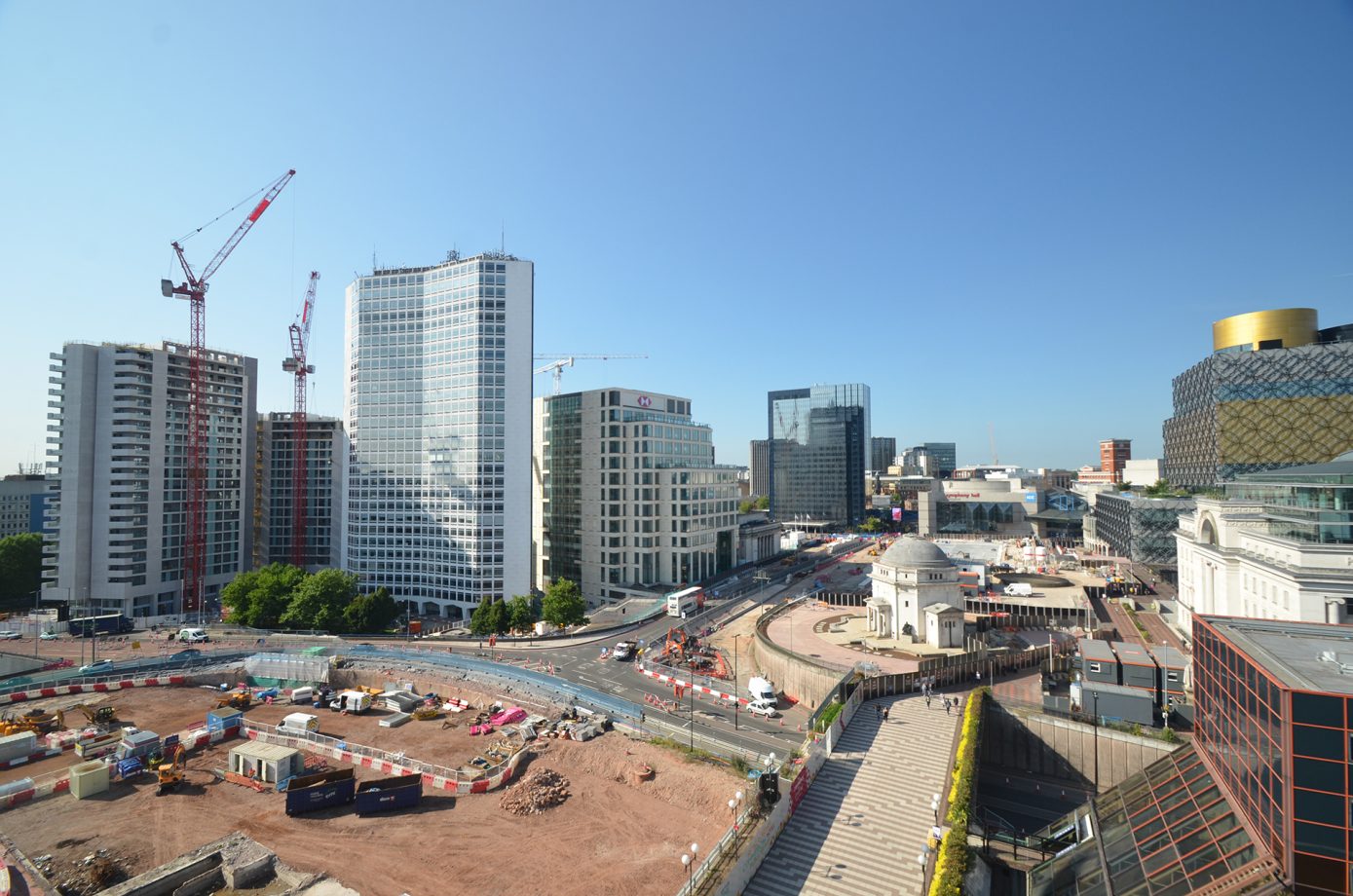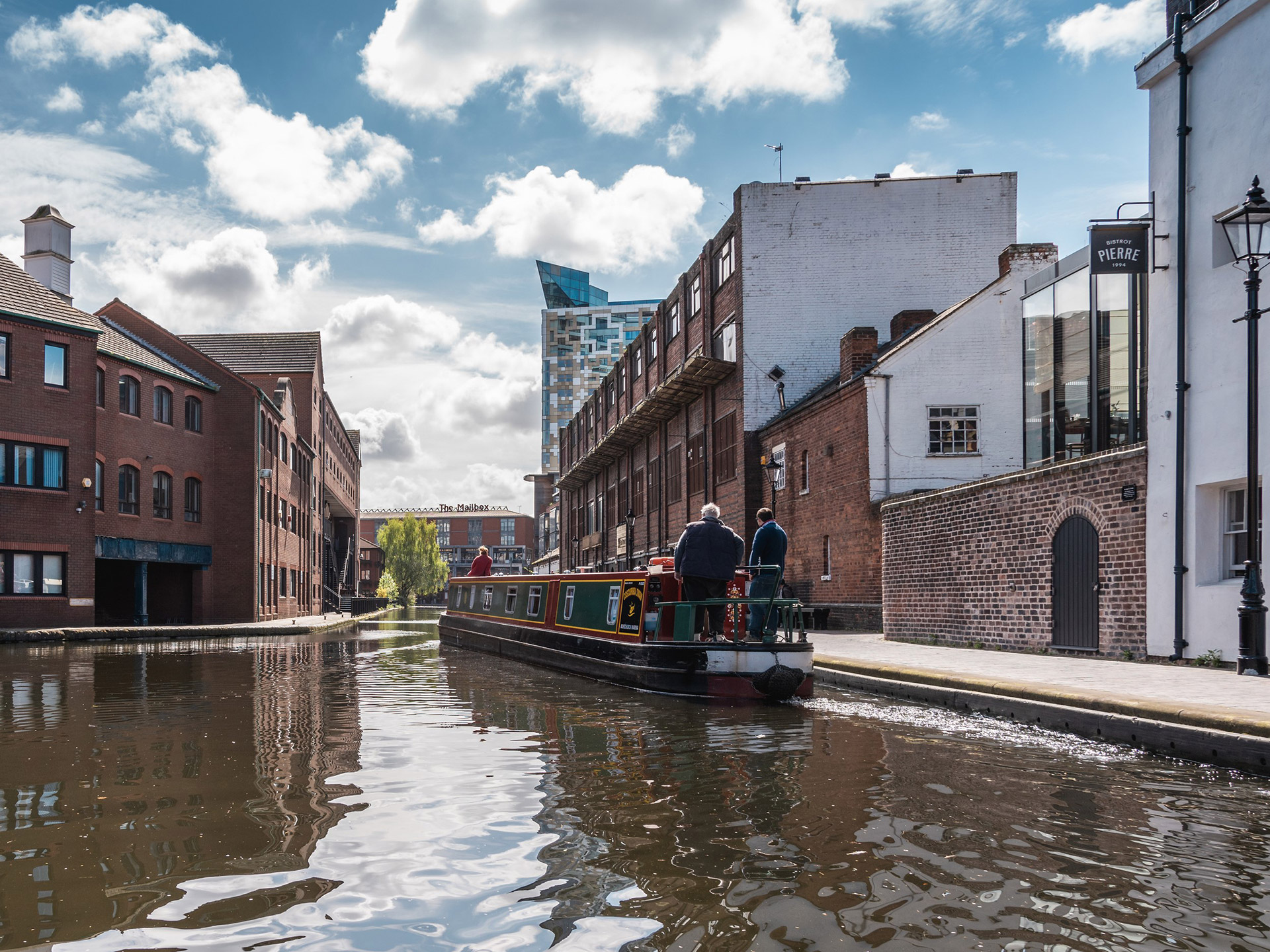View from Paradise – all change

By Rob Groves, Regional Director, Argent
Birmingham is always changing.
This is something that people who live and work here find both annoying and inspiring in equal measure.
But what’s beyond doubt is that it is something we have to live with. As the fastest growing large city in the UK, the pace of change is only going to increase in the years and decades to come.
Already one of the youngest and most diverse cities in Europe, Birmingham is due to gain more momentum as the century progresses. Its population will grow from 1.2 million in 2030 towards 1.5 million by 2050.
Birmingham is also due to become the country’s first majority ethnic city by 2030, while figures out this month show that almost 8,000 people left London to move to Birmingham last year – making the city the most popular destination in the country for migrating Londoners.
These are big changes that create the opportunity for the city to grow and develop in a more sustainable and inclusive way. Issues around social mobility, quality of life, connectivity, health and education will continue to need addressing.
To create the required housing and transport infrastructure for 1.5 million people, we also need to start planning now, and not in ten or twenty years’ time. Put simply, where are these extra people going to live and work? And how are they going to get around?
Not since the city boomed in the second half of the nineteenth century has Birmingham faced such fundamental questions about managing the demands on its infrastructure.
While we may already imagine the city as a busy place, its density, at 3,649 people per square km, is lower than Manchester and Nottingham, and a fraction of the density of inner London which is up to five times denser.
What this means is there is actually plenty of room for more people to live in the city, as long as we make the most of what we’ve already got.
For example, our miles of waterway give us a golden opportunity to create whole canalside neighbourhoods on a scale far beyond anything we have attempted so far. Such an approach, at scale, would also give us a proposition unique to Birmingham. Ensuring other brownfield sites all around the city become suitable for housing is another priority.

Despite how it may look, Birmingham is not a high-rise city and there are ample sites capable of taking tall buildings both within the city core and along major corridors and the ring road.
In Manchester, a city half the size of Birmingham, there are more than a dozen high-rise residential blocks of 20 floors or more currently under construction, including 67 and 64 storey blocks each topping 200 metres. Dozens more are in the pipeline.
In London, more than 500 tall buildings are underway – they will transform the look of the capital, as well as house hundreds of thousands of people.
This may or may not be the approach that suits us. But it shows what is happening elsewhere. Building more, better and higher is all part of the answer to meeting the demand for contemporary living.
After all, a skyline is, by its very nature, constantly changing.